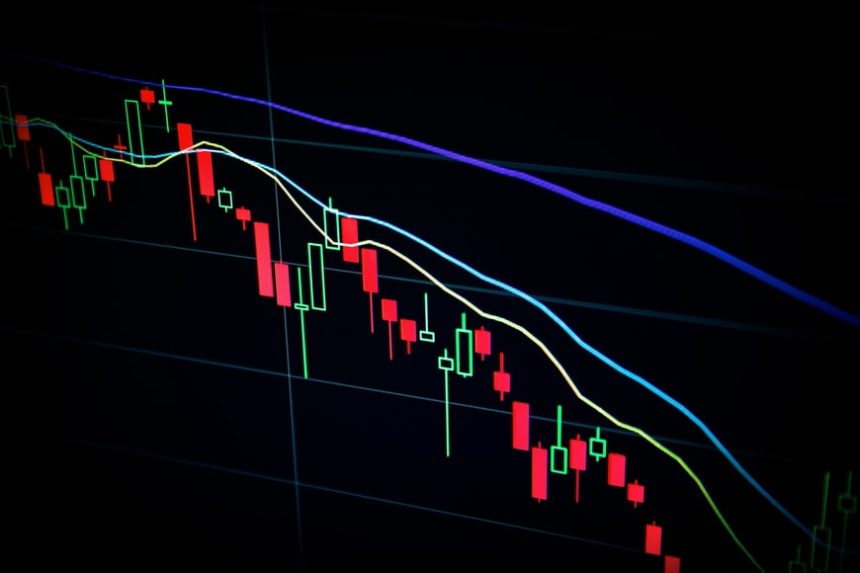Oct 12, 2022
VOT Research Desk
Market Insights & Analysis
- The DAX index has breached a crucial support level.
- Breaking below a multi-month range is the FTSE 100.
BEARISH DAX TECHNICAL PREDICTION
Although the recent days have seen a respite in the decline of the German DAX index, it is still too soon to declare the downtrend to be over. This is due to the breakout from a triangular pattern that was set off by the breach below important support at the March low of 12430 last month, which points to a decline towards 10400. Triangles are continuation/consolidation patterns, suggesting that after the breakout the previous trend will resume. Since last year, the DAX has been on a downward trend.
Additionally, the index has been gradually changing its “lower gear” inside the upswing since last year. That is, as evidenced by the breaks below the internal trend lines of a rising pitchfork channel from 2016, the uptrend’s power is waning. However, structurally speaking, the decline from 2021 is insufficient to imply that the long-term upswing has come to a stop.
In fact, the index is still holding within the long-term upward channel that was established during the Great Financial Crisis. Around 10900 is the lower bound of the channel, which could offer reasonable support for the present downswing. Another possible source of support is the lower edge of the rising pitchfork channel from 2016, which comes in around about 10150.
BEARISH FTSE TECHNICAL PREDICTION
The UK FTSE 100 index has been able to maintain above a horizontal trend line at 6840, which is a vital support level, but the likelihood of a break down is growing. A break from a multi-month sideways pattern could occur if this barrier is breached, indicating a slide toward the resistance-turned-support at the 6512 high from June 2020. The 6315-point low from February 2021 might be the next negative threshold. The chart pattern’s indicated price target comes out to be 5965. To be honest, although they do hold in some circumstances, such measured-move targets can be more of a general guidance than a law.
Volatility tends to decrease if price action is constrained within a range. In contrast, a breakout from the sideways zone tends to increase volatility, as was the case from 2017 to 2020. The implication is that once the breakout takes place, the rate of the index’s losses could quicken.
At the early-October high of 7088, the index faces somewhat significant resistance on the upside. In order for downward pressure to at least momentarily subside, a break above this is required. For medium-term bearish pressure to be neutralized beyond the short term, the FTSE 100 index would need to break above the 200-day moving average, which is now at around 7375.
|
Name |
MA5 |
MA10 |
MA20 |
MA50 |
MA100 |
MA200 |
|
DAX |
12300.13 |
12298.77 |
12414.68 |
12939.15 |
13169.63 |
13877.41 |
|
FTSE 100 |
6947.25 |
6955.95 |
7048.74 |
7271.77 |
7285.23 |
7370.56 |









